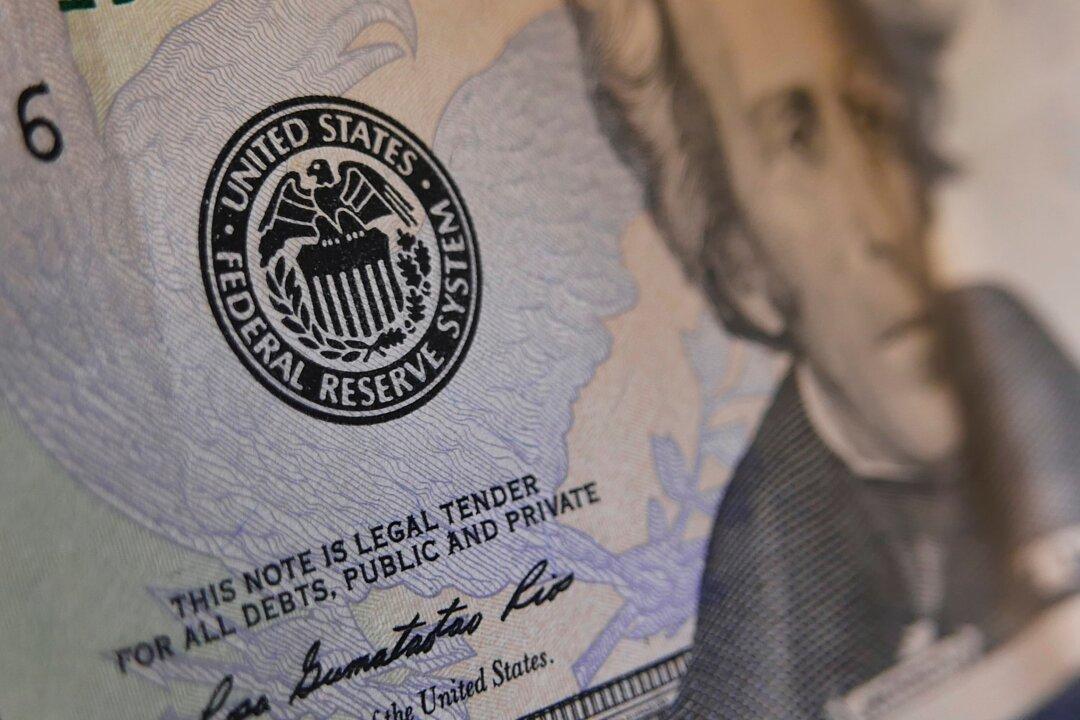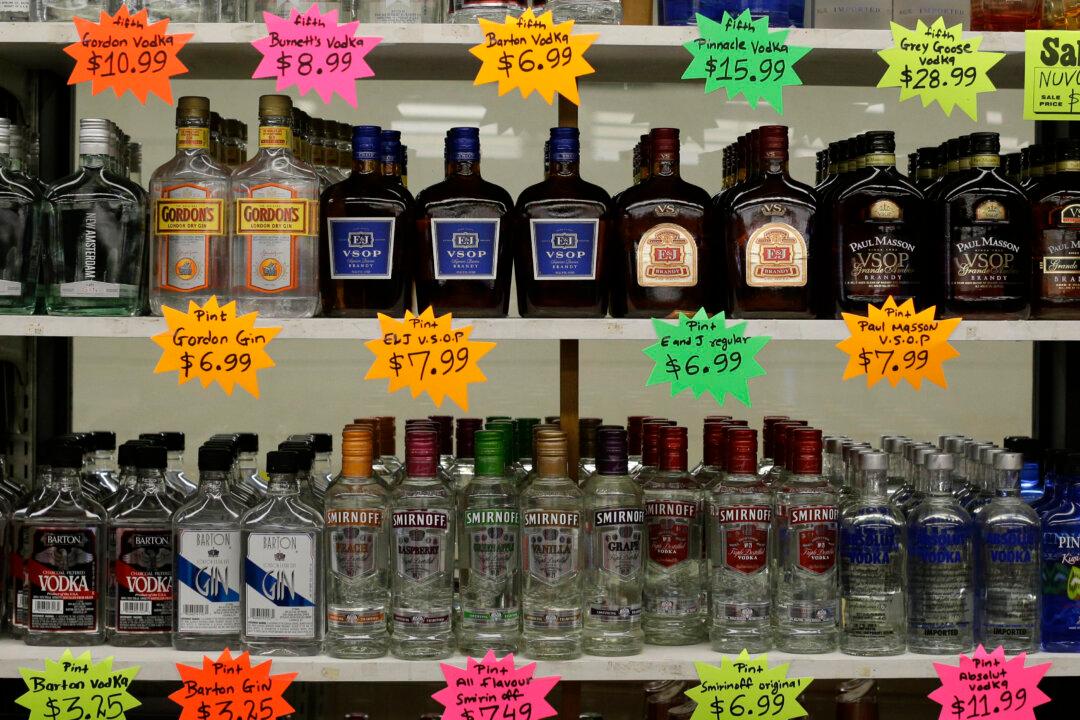American hard money advocate, economist, and publisher Franz Pick once called government bonds “Guaranteed Certificates of Confiscation.” In making that statement, he assumed the government would eventually inflate the debt away and thus confiscate the buyers’ purchasing power.
Yet here we are, with U.S. Treasury Bonds holding steady despite seven rate hikes by the U.S. Federal Reserve, huge increases in the supply of bonds, and inflation on the rise. The obvious question is, why?



